March 3-9, 2024
A Bubble of Sun

The stretch of perfect sunny days this week was but a tease of spring weather to come—you might have noticed that the forecast for the next three days calls for more snow and rain.
Week in Review
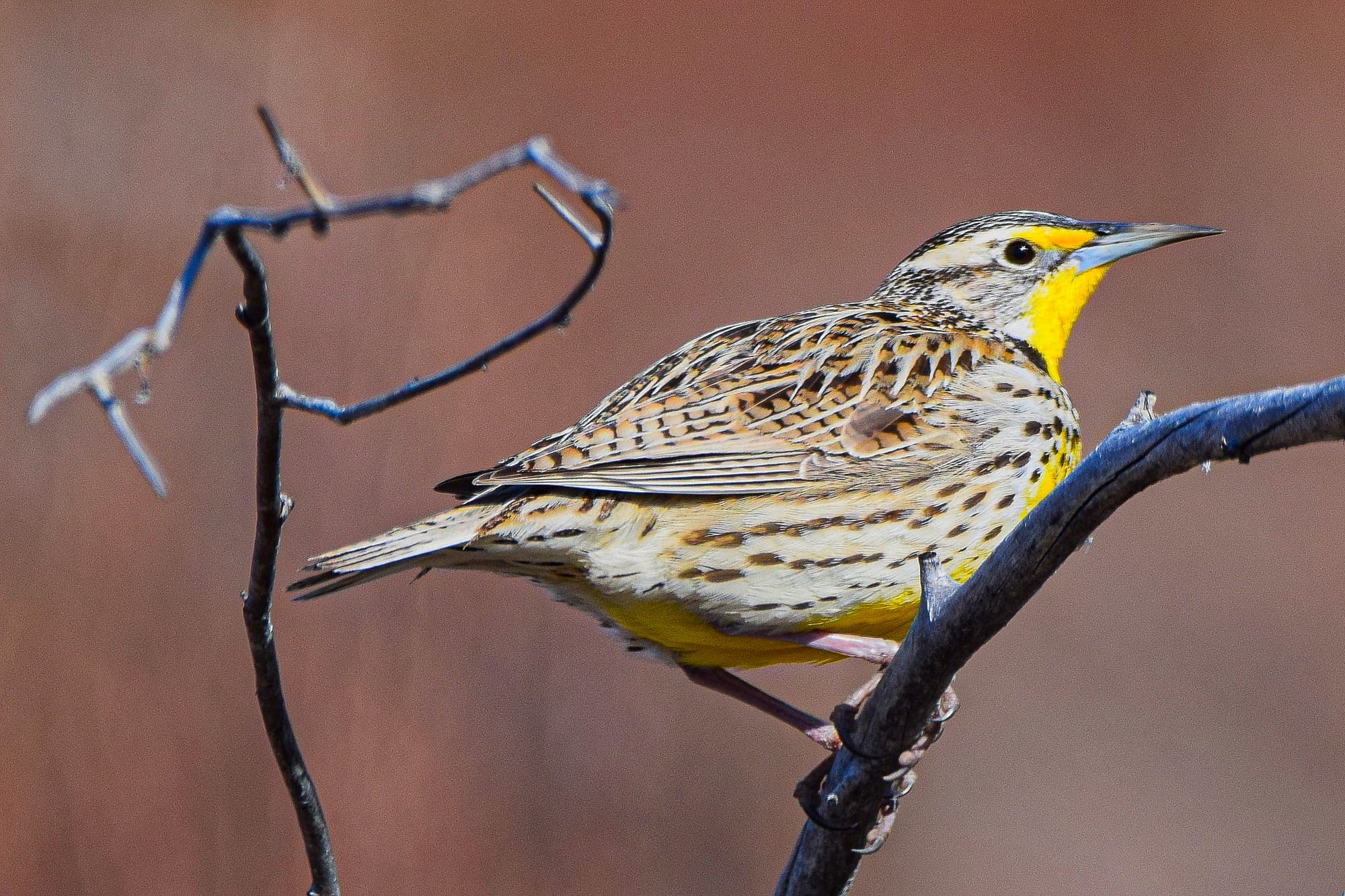
After a long winter of never-ending gray skies, the sunny days this week felt positively heavenly. It's still early in the spring, but there are already a lot of changes taking place.
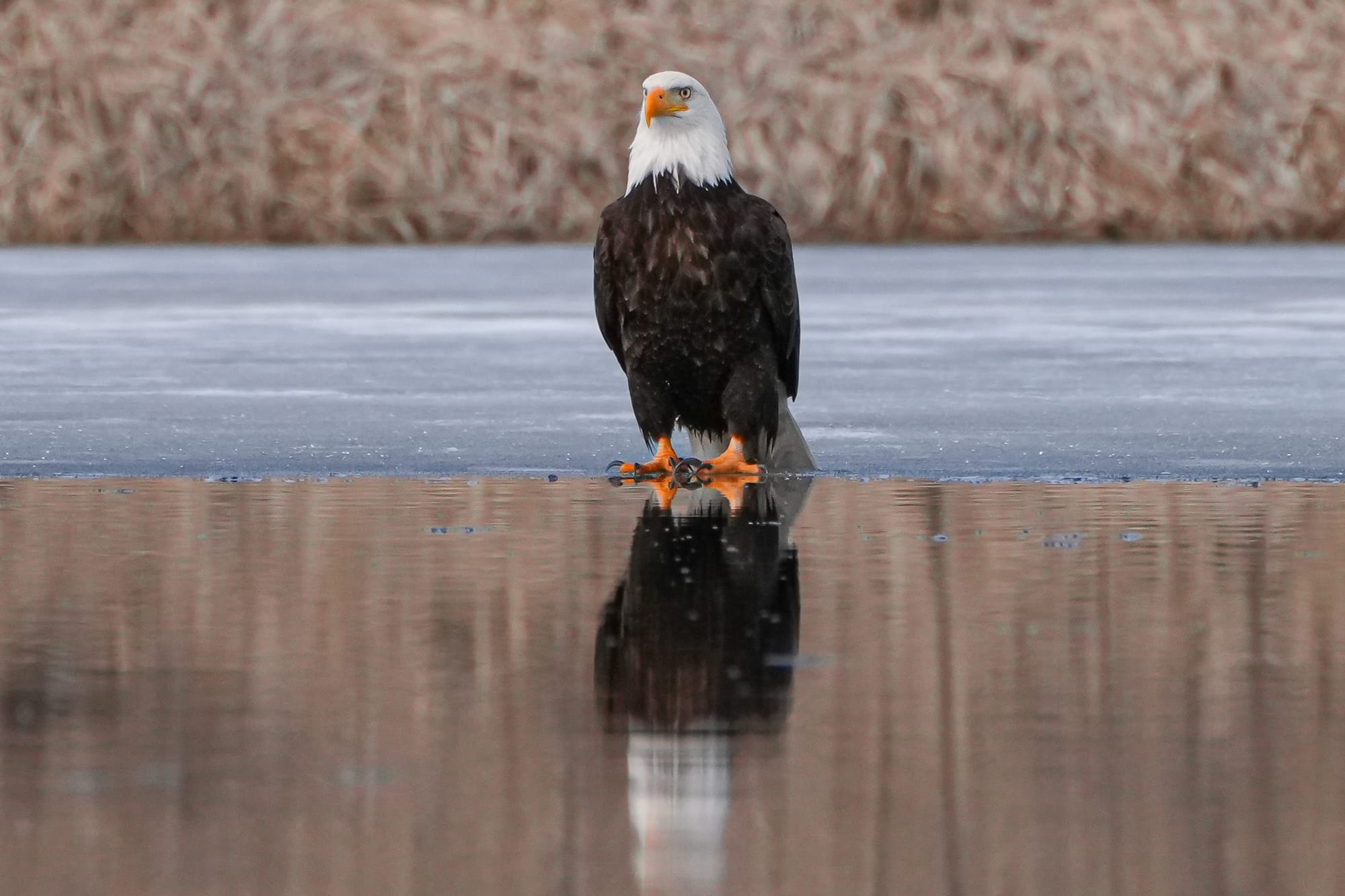
Cold nights that have dropped into the twenties, followed by warm, sunny days, have been creating strong temperature swings. This caused the ice on some of our local lakes to expand and contract, making wild sounds that many people have been hearing. On Thursday, I spent hours recording this singing ice and then explained this phenomenon in this article in my Lukas Guides newsletter.
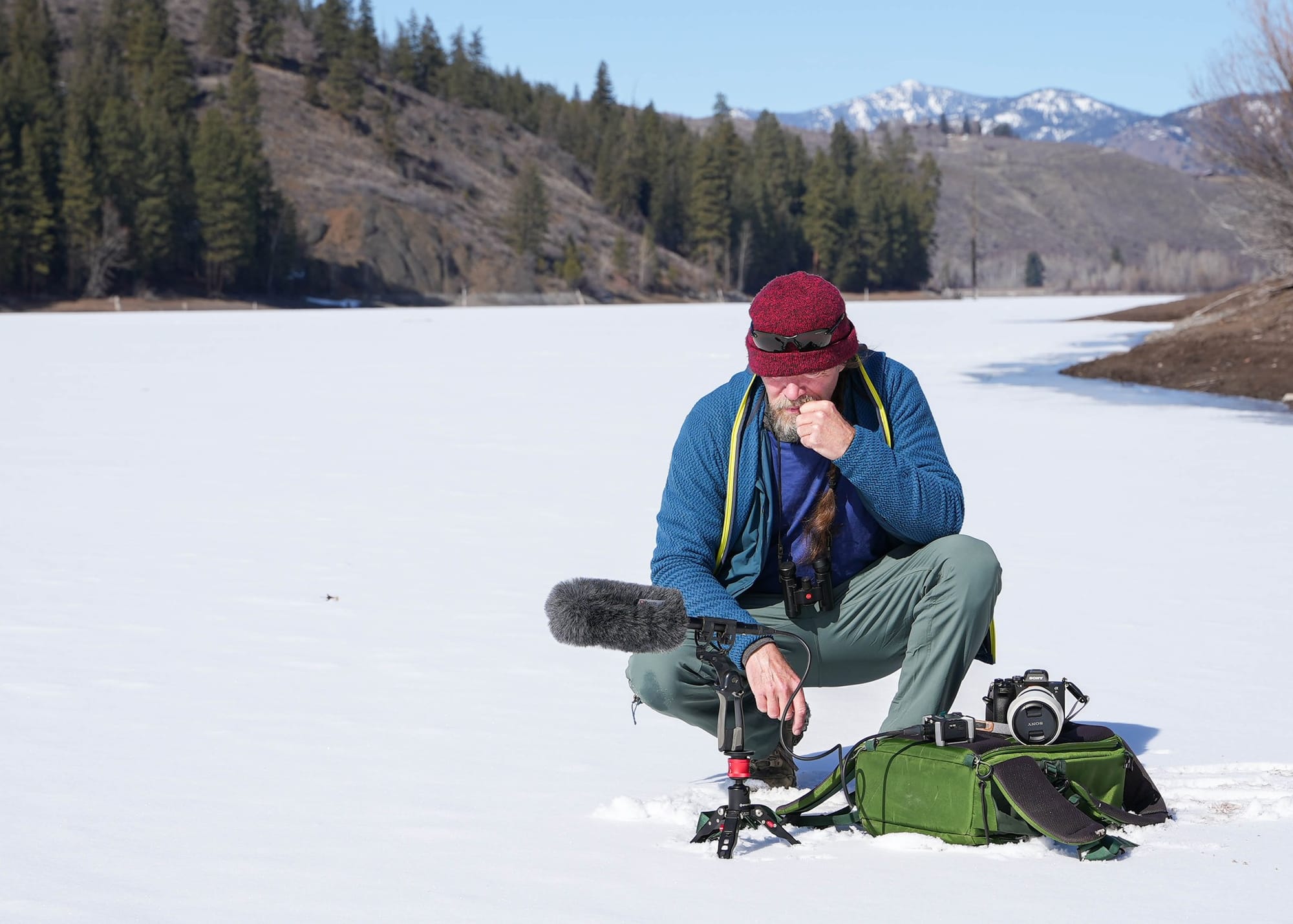
Even as a handful of sagebrush buttercups are now blooming on open hillsides from the lower valley to nearly 3000 feet at the upper end of the valley, wax currant leaves have also started opening. These are the first, and most noticeable, changes in the vegetation that I've noticed so far.
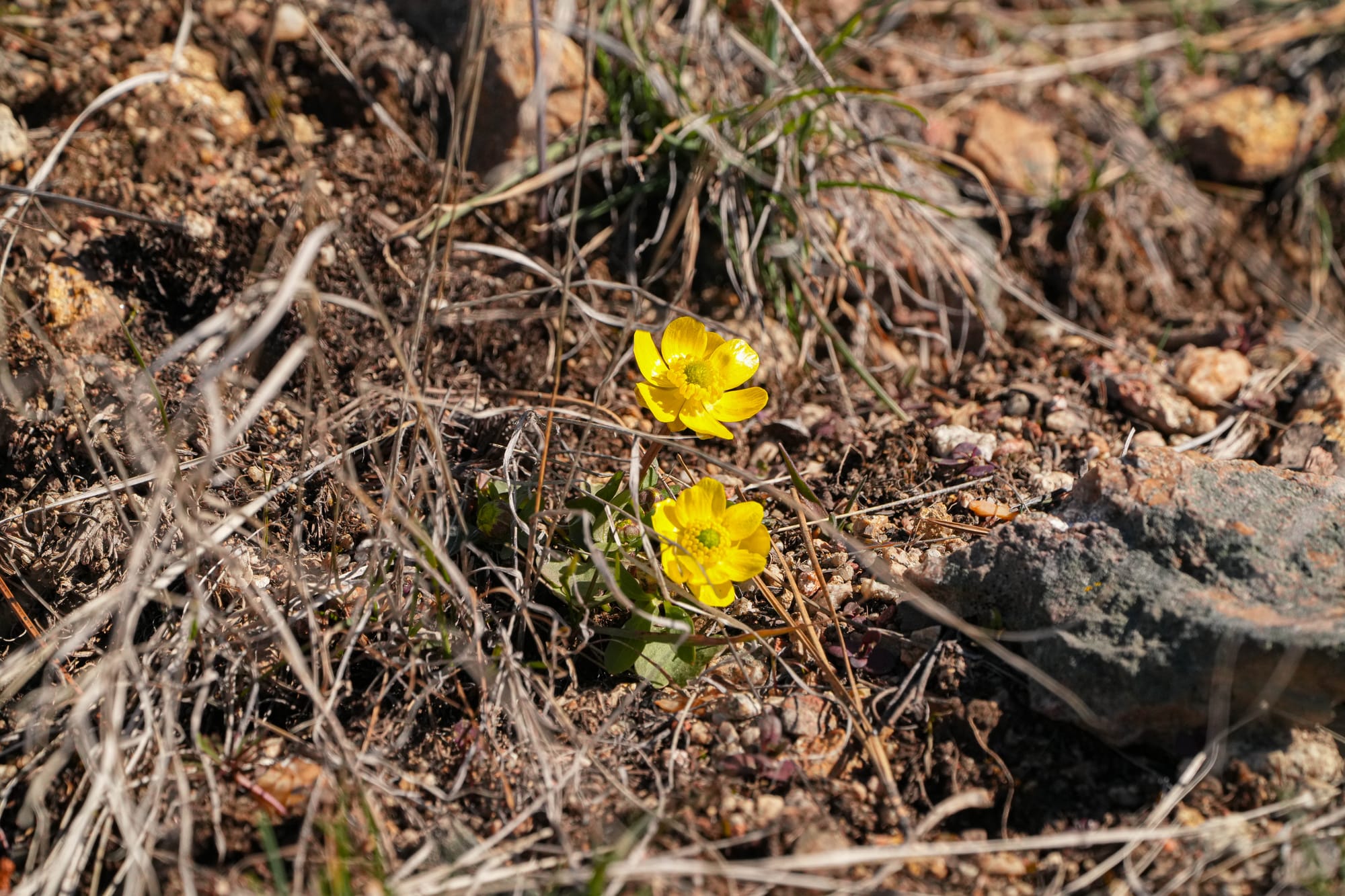
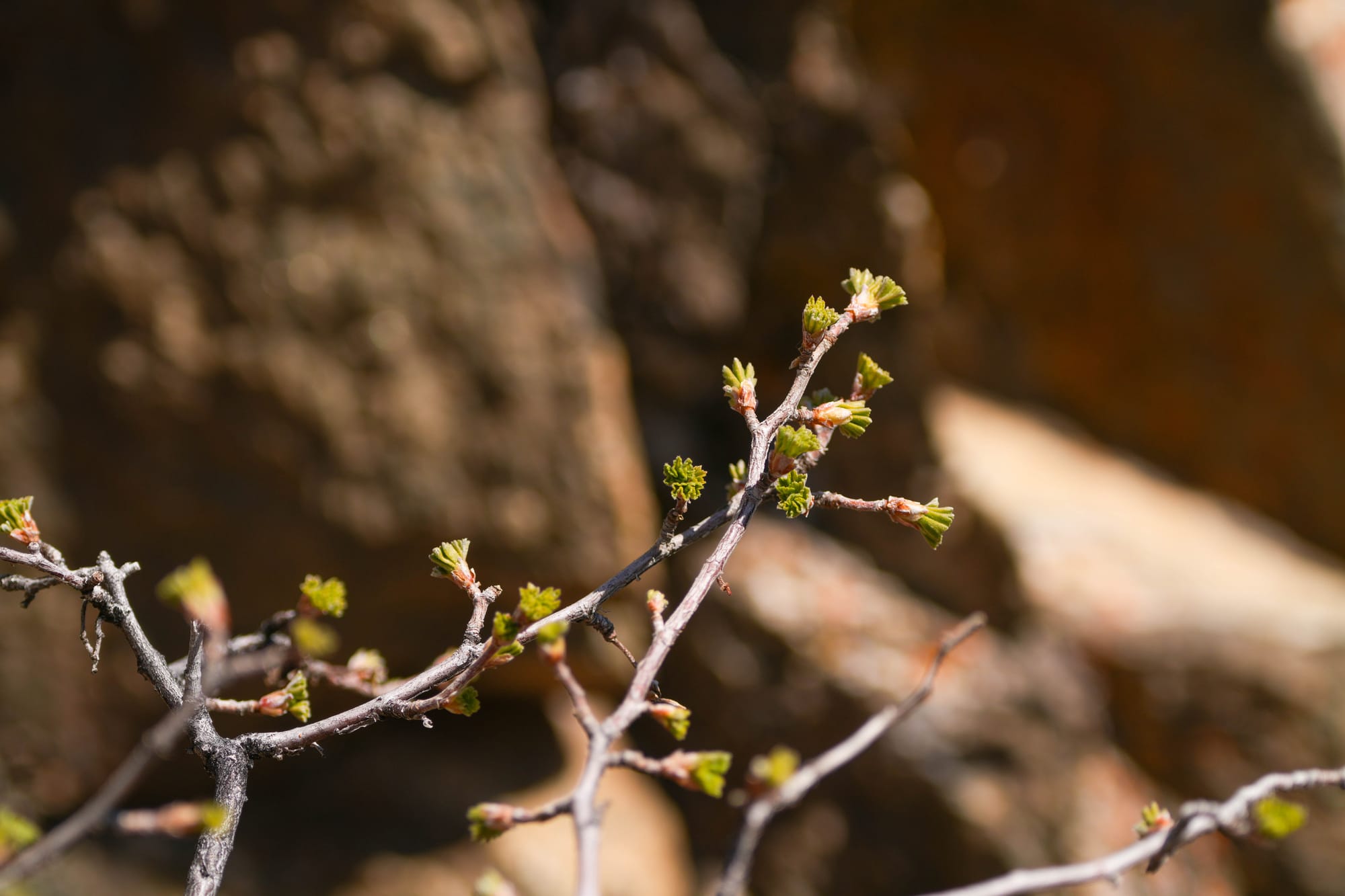
Many animals might be responding to the changing seasons right now, but birds are especially conspicuous. Large numbers of American robins have begun gathering on thawing soil in open fields, and I spotted a group of pygmy nuthatches calling loudly and chasing each other in circles around trees.
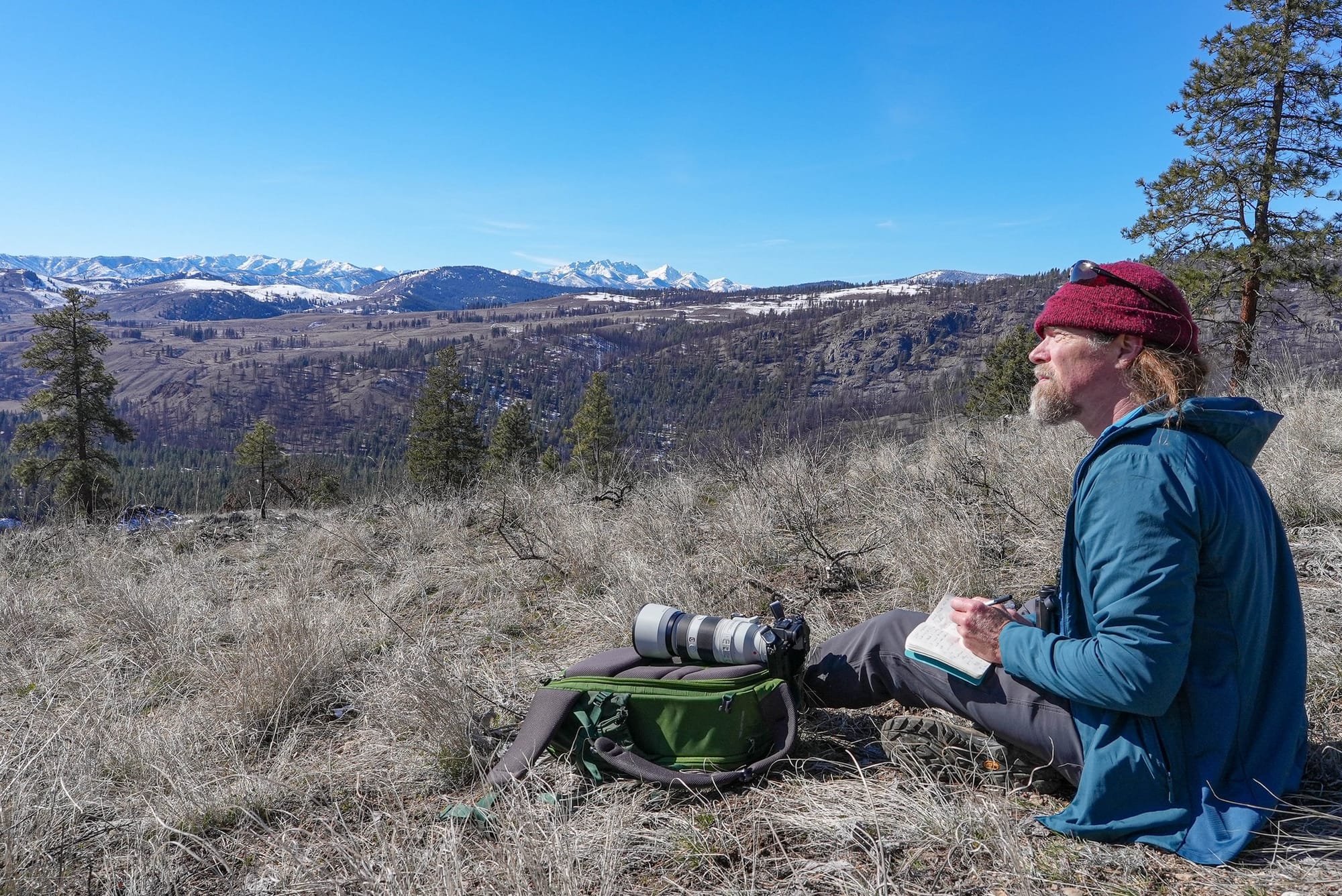
I was also excited to find a female black-backed woodpecker flaking bark off a burned ponderosa pine, and then watch a male hairy woodpecker attempt to chase her away (she turned the tables and chased him away!).
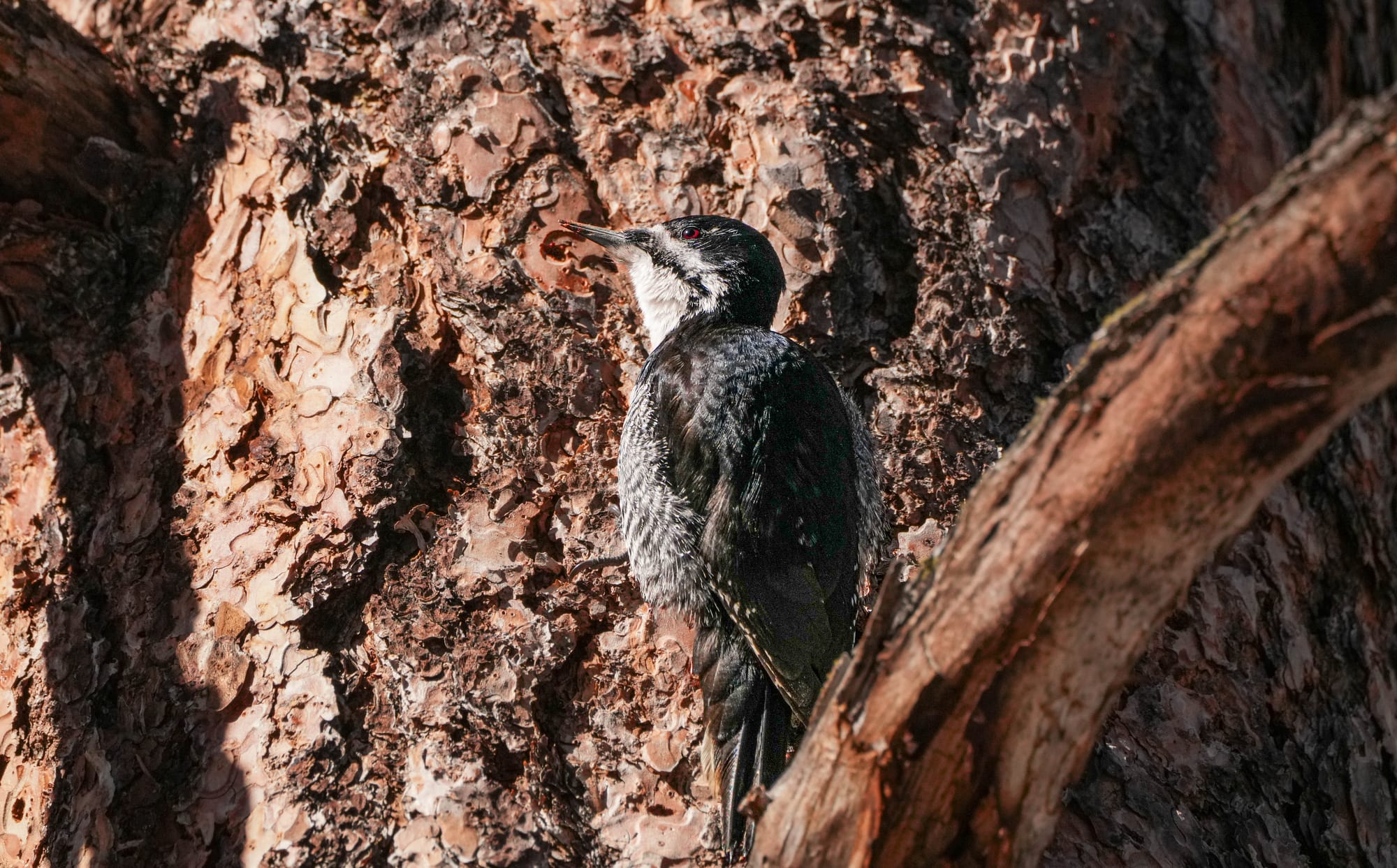
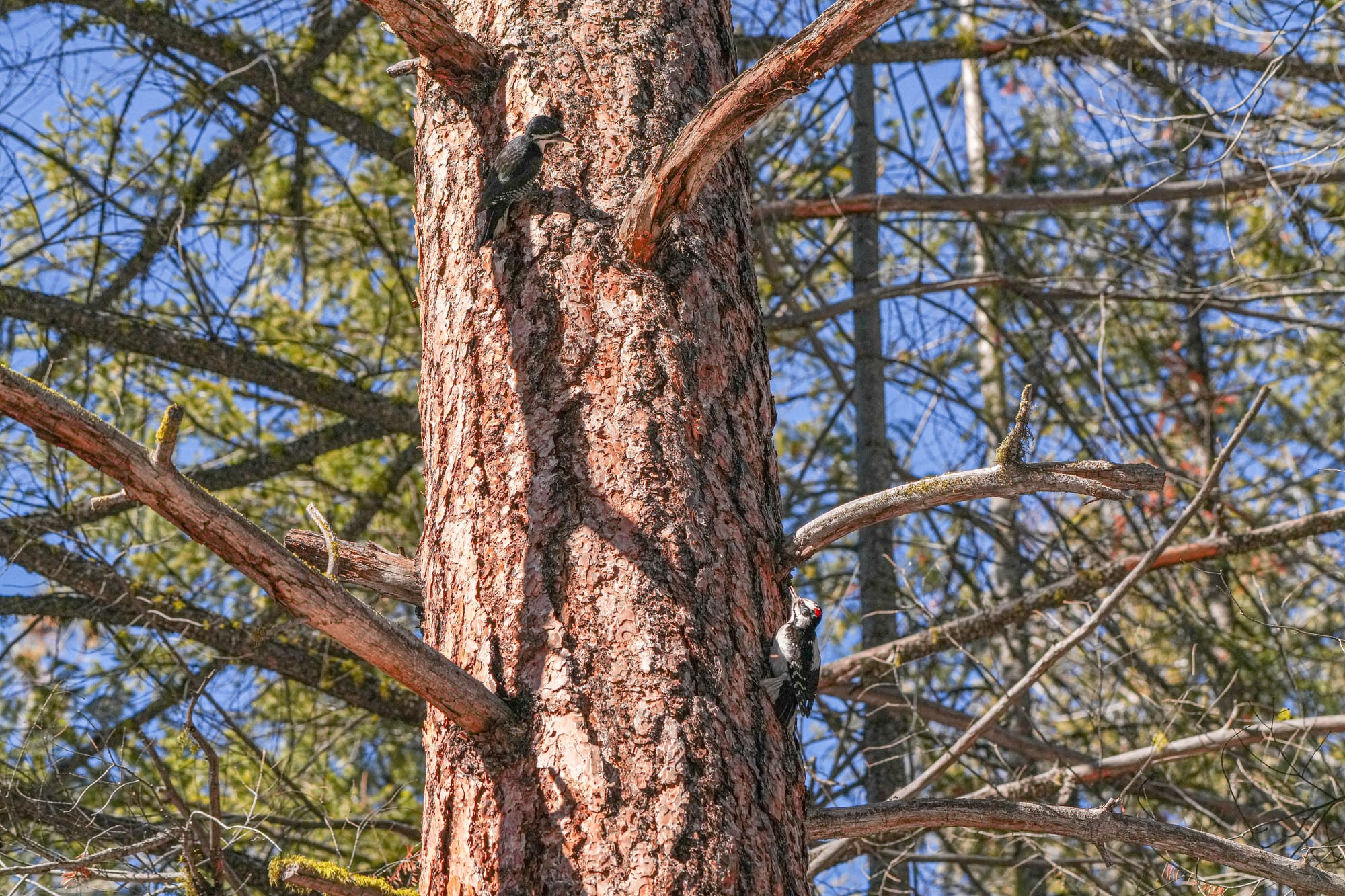
Observation of the Week: Midges
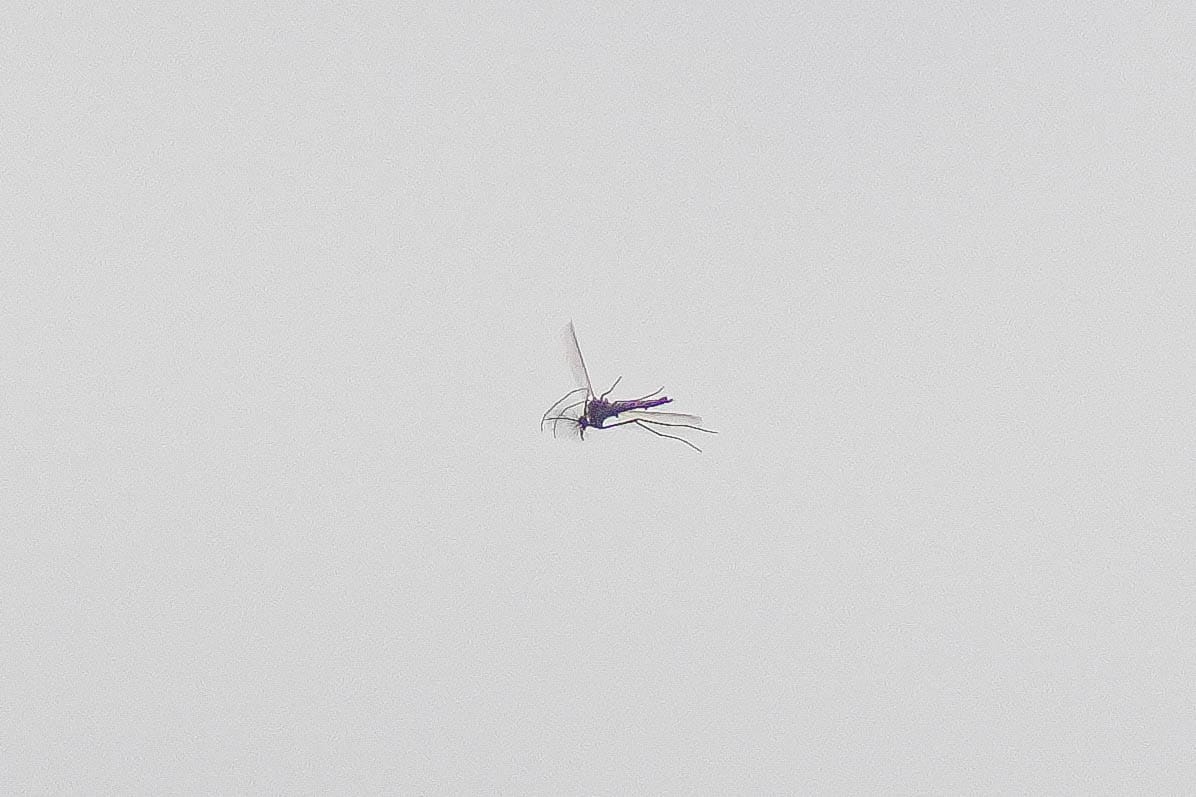
Midges are easily overlooked, and deeply misunderstood insects. They are commonly seen buzzing around in dense clouds and when midges swarm about your head most people immediately think they're being attacked by mosquitoes.
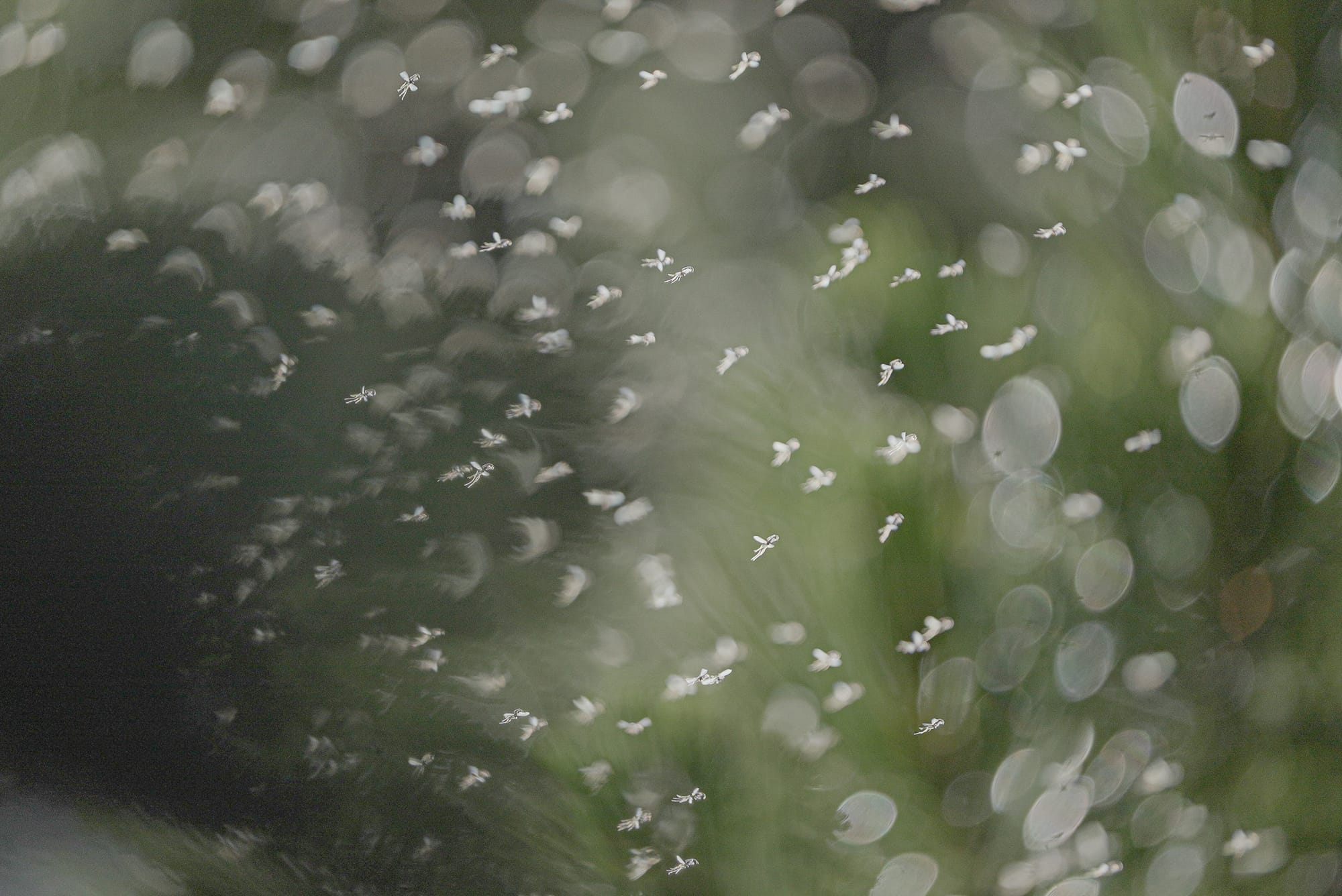
In fact, midges are small, non-biting flies that gather to mate near conspicuous features in the landscape. A tall standing human represents a significant landmark for small flies, so we sometimes end up being a convenient place to gather.
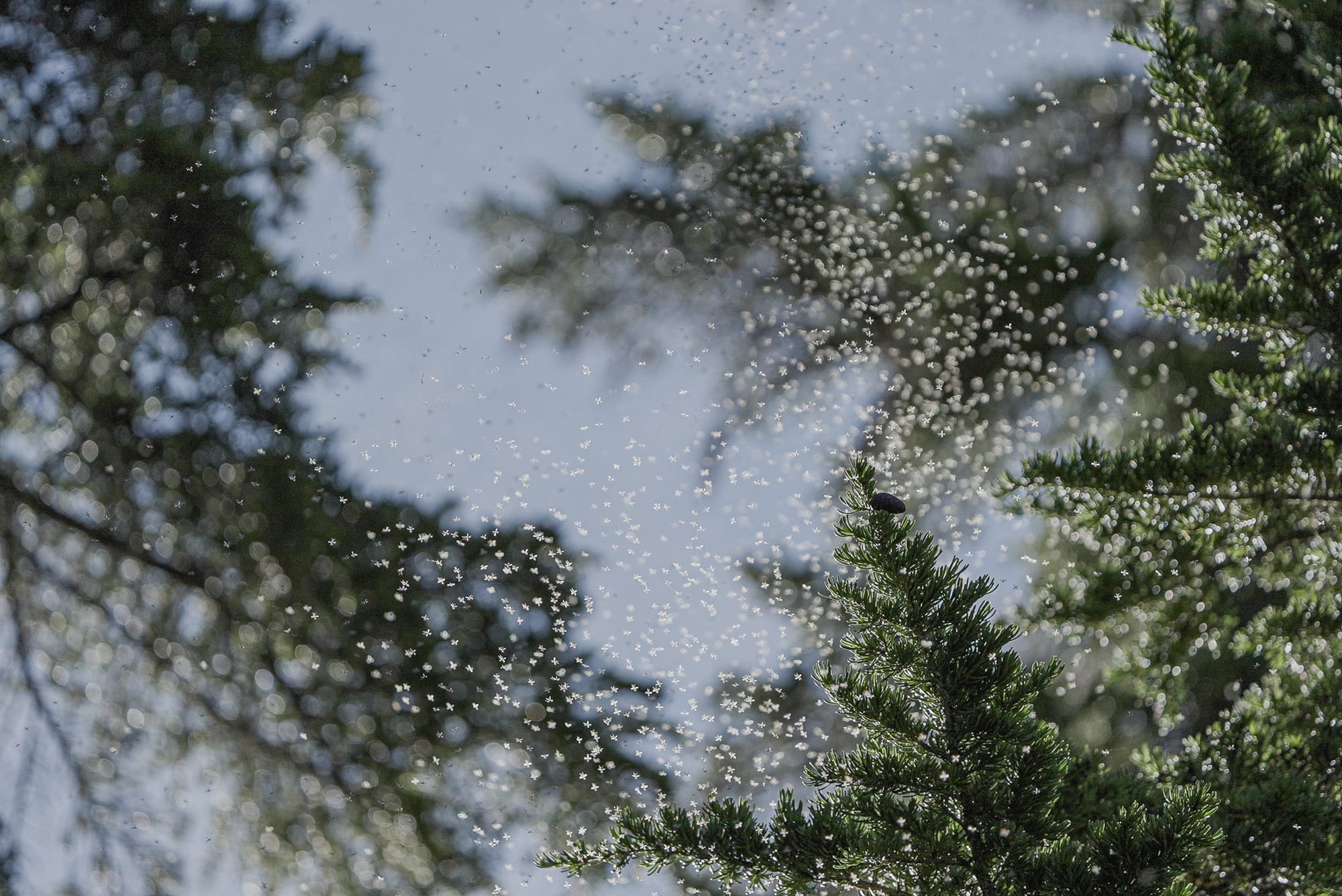
Huge numbers of midge swarms appear during the summer and provide abundant food for many birds and bats. So, when I saw the first midges of the year on March 8, I started wondering if some midges make an appearance and start mating early in the year before their predators arrive?!
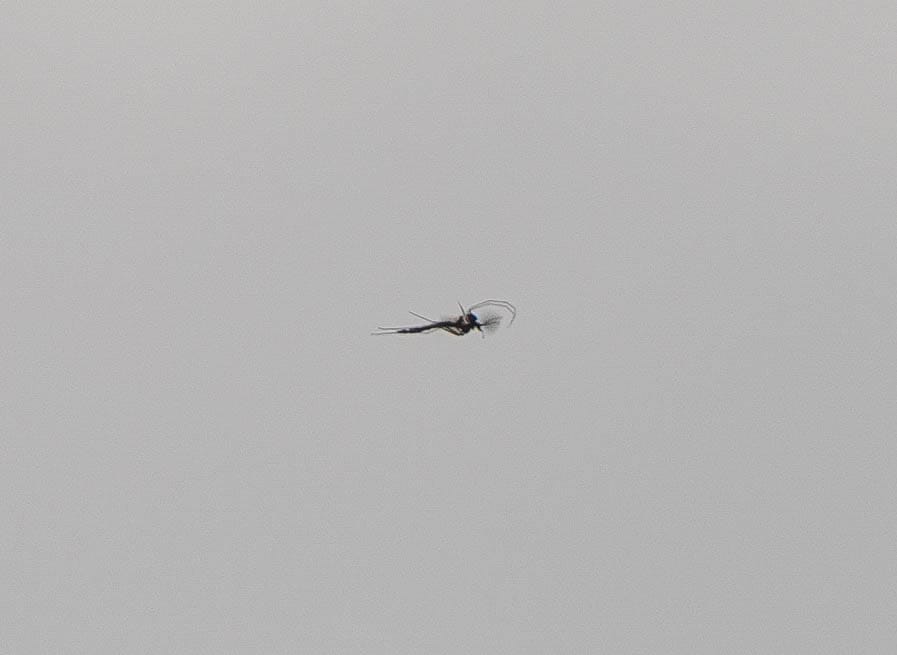
This type of mating display is a called a "lek," and it's essentially a courting activity where large numbers of males dance together in hopes of catching the attention of passing females. Mosquitoes don't lek, so if you see a swirling cloud of small flies there's no cause for alarm.

